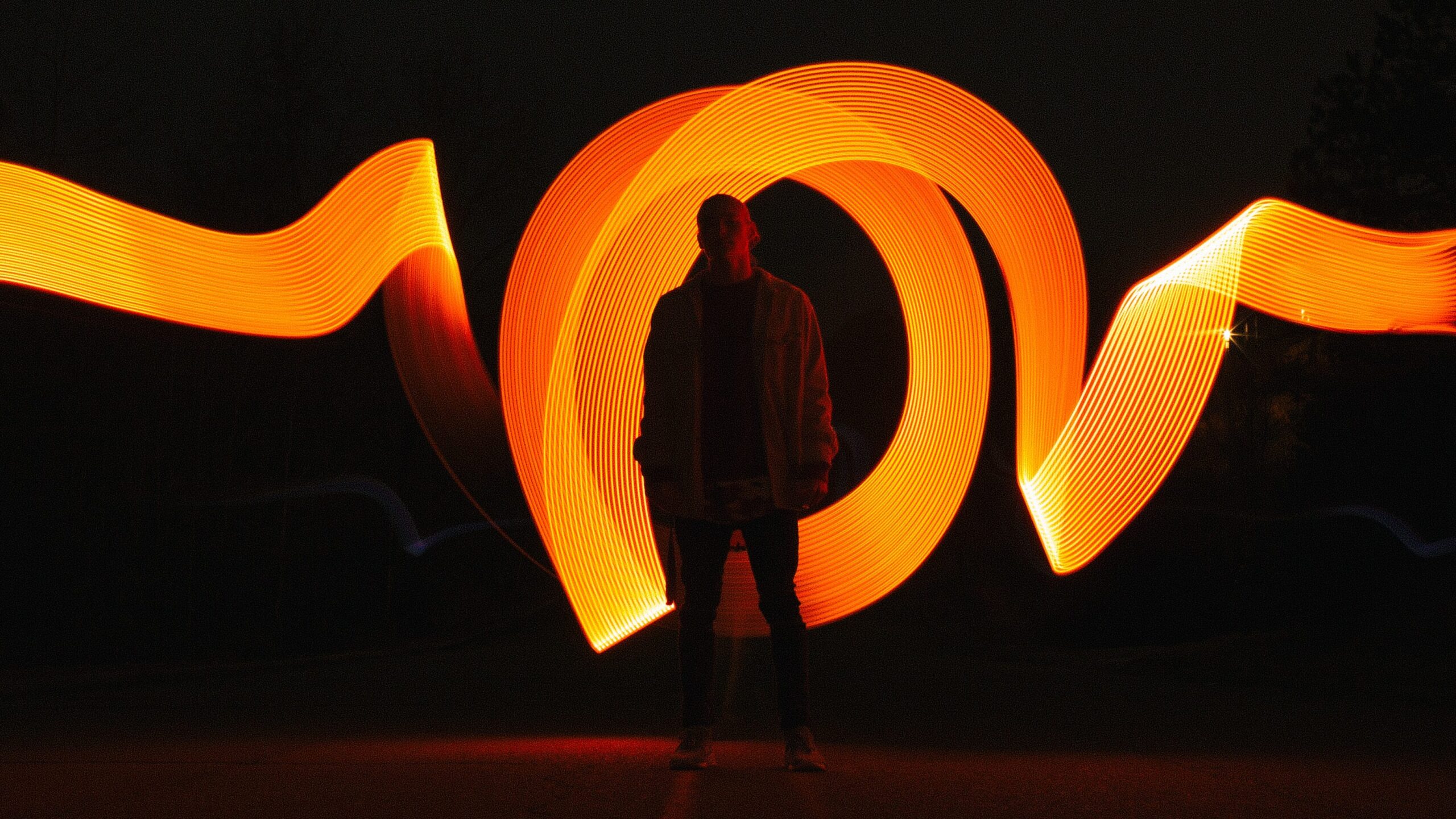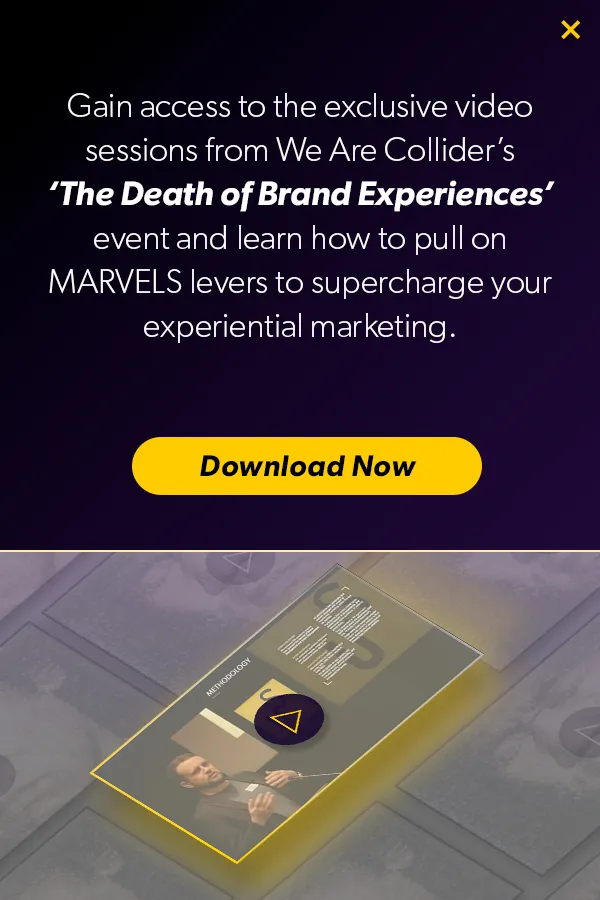
Experiences are what matters.
Behavioural science and psychology tells us this, but it’s something you will already know, instinctively. The key moments of your life, those that mean something to you, aren’t defined by purchases or possessions.
They’re experiences – weddings, festivals, birthdays. The time your heart was broken. The time you scored the winner.
Research has shown that rich, engaging experiences genuinely make people happier than material aspects of life, such as work or online shopping which give us short-term boosts. Humans need to have experiences to learn, grow and fulfil their potential.
We want experience more than we want “stuff”. Spending on experiences like holidays, leisure, sports, and festivals has increased 70% since 1971. Consumers are craving experiences and emotional reactions. Take John Lewis as a prime example, their charming Christmas adverts prompt an emotional reaction and have become cultural events, but John Lewis itself sells the same goods at the same prices as the store across the road. It’s the emotional connection and experience they bring to us that moves people to buy their products over that of their competitors.
So how do brands leverage experiences with an audience who are not only bombarded with vast amounts of information, but who are also glued to their screens and lost in their headphones?
In our latest research report we reveal the seven behavioural science “levers” in a marketing campaign that form the key to turning experiences into what we call MARVELS, allowing brands to pull people in and keep them hooked.
A good experiential campaign should factor in most, if not all of these levers:
MAGIC
Marketing experiences have an x-factor which makes them stand out in memory by engaging the senses and transporting people into a story.
ADEQUACY
Marketing experiences vary in their standards – not only in terms of being smooth-running, accessible, and comfortable, but also going the extra step and being excellent, authentic, and professional.
RELEVANCE
Some marketing experiences are more relevant and meaningful to audiences than others, and better able to fit their personal values and goals.
VALUE
There is a degree of variation in how well marketing experiences are perceived as useful and providing functional benefits; this dimension is also about making people think.
EXCHANGE
A big factor separating different types of marketing experience is how much physical interaction they require from the target audience. Are they called to react?
LABELLING
In order for a marketing experience to have brand effects, there needs to be a degree of labelling – it needs to personify the brand and have clear signposting.
SOCIALITY
Marketing experiences differ in the extent to which they involve social interaction among attendees (and with other people), and foster a sense of community and belonging.
The key is to first create the experience that stands out, then deliver moments that move people. Allow your audience to see, hear, and become emotionally involved with your brand.
Consumerism is no longer about products, it’s about those moments that stay with you.



